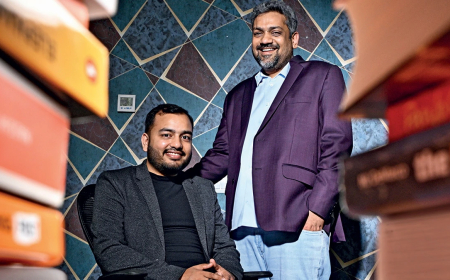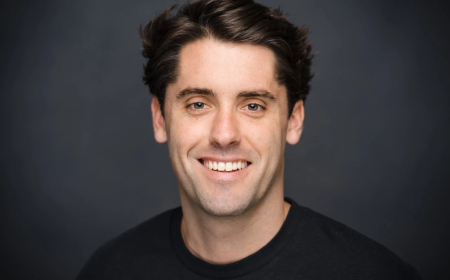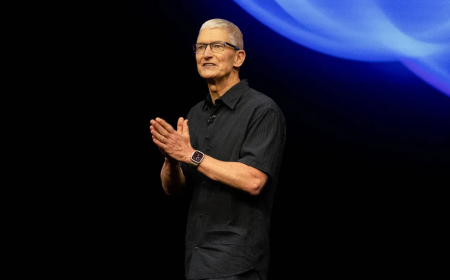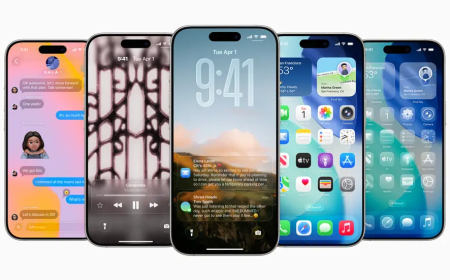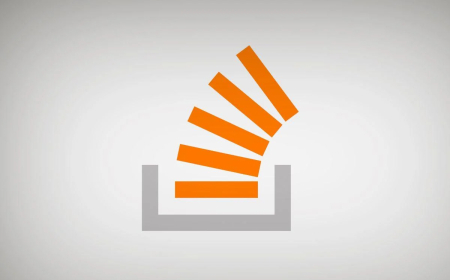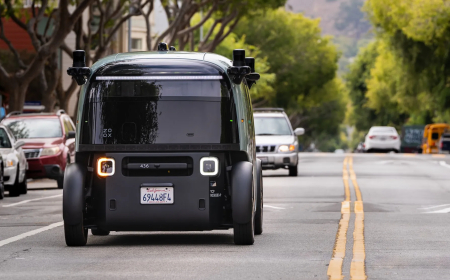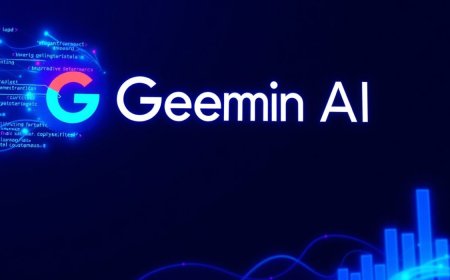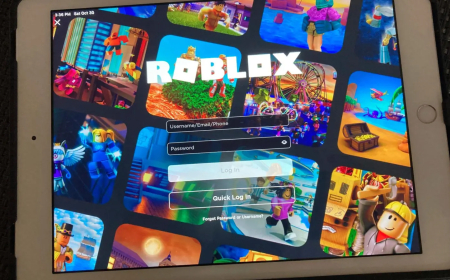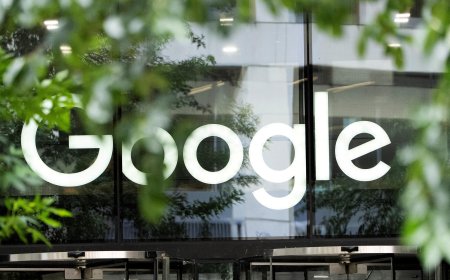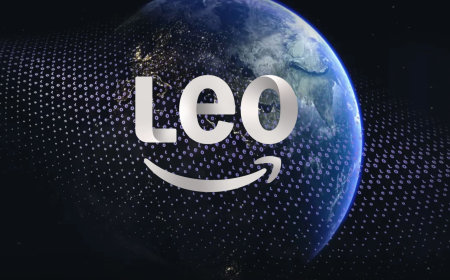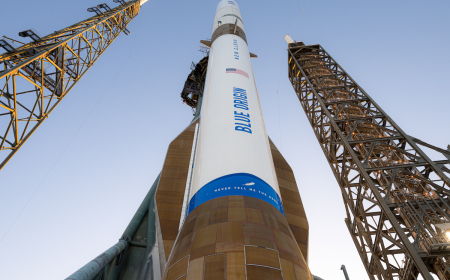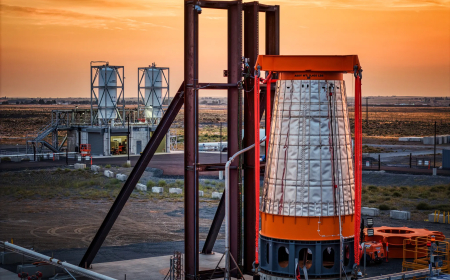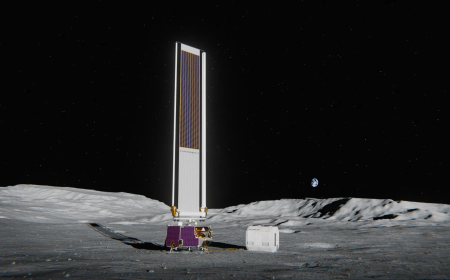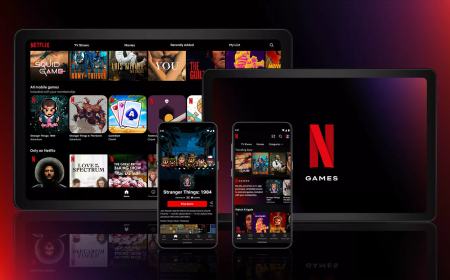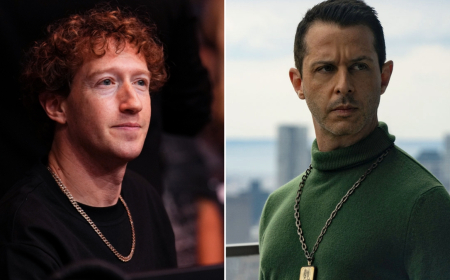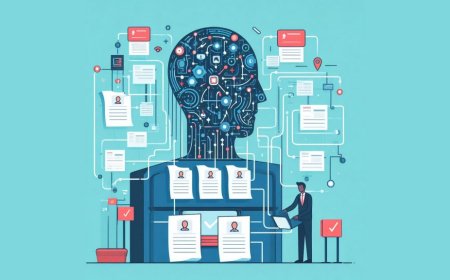DeepSeek: Everything You Need to Know About the AI Chatbot App
Chinese AI lab DeepSeek has gone viral with its chatbot app, topping app stores and challenging global AI giants. Learn about its origins, models, reasoning AI, and worldwide impact.
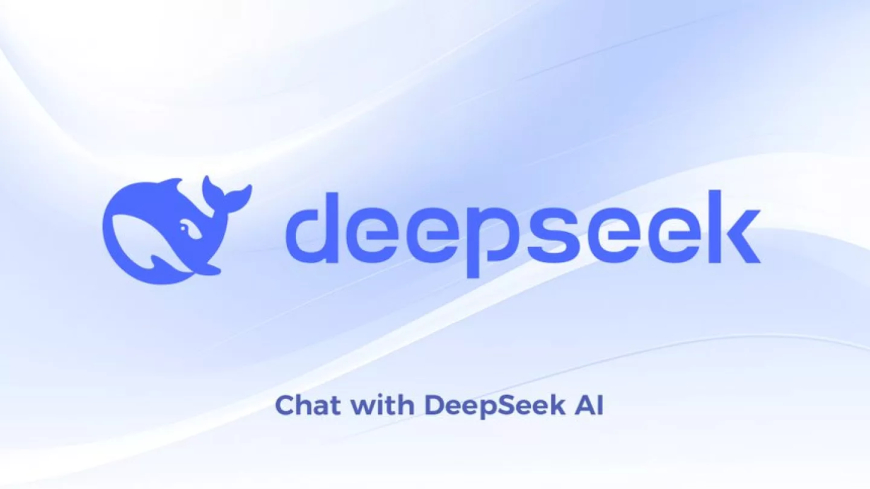
DeepSeek has gone viral.
Chinese AI lab DeepSeek broke into the mainstream this week after its chatbot app soared to the top of the Apple App Store and Google Play charts. The company’s compute-efficient AI models have sparked discussion among Wall Street analysts and technologists about whether the U.S. can maintain its lead in the AI race — and whether the demand for AI chips will remain strong.
DeepSeek’s Trader Origins
DeepSeek is backed by High-Flyer Capital Management, a Chinese quantitative hedge fund that utilises AI to inform its trading strategies.
AI enthusiast Liang Wenfeng co-founded High-Flyer in 2015. Wenfeng, who began experimenting with trading while studying at Zhejiang University, launched High-Flyer Capital Management as a hedge fund in 2019, focused on deploying AI algorithms in finance.
In 2023, High-Flyer launched DeepSeek as a dedicated AI research lab separate from its financial business. With High-Flyer as a core investor, DeepSeek soon spun off into its own independent company.
From the outset, DeepSeek built its own data centre clusters for model training. However, like other AI firms in China, it has been impacted by U.S. export restrictions on advanced chips. To train one of its newer models, the company had to rely on Nvidia H800 chips — a less powerful version of the H100, which is not available to U.S. firms.
DeepSeek’s technical team is recognised for its young and diverse composition, recruiting top AI PhD researchers from elite Chinese universities. It also hires individuals without computer science backgrounds to help its models better understand a broad range of subjects, according to The New York Times.
DeepSeek’s Strong Models
The company introduced its first suite of models — DeepSeek Coder, DeepSeek LLM, and DeepSeek Chat — in November 2023. But it wasn’t until spring 2024, with the release of the DeepSeek-V2 family, that the AI world truly took notice.
DeepSeek-V2, a versatile text-and-image model, achieved impressive results in multiple benchmarks while operating at a fraction of the cost of rival systems. Its efficiency pushed Chinese competitors like ByteDance and Alibaba to lower their AI usage prices or make their models free.
By December 2024, DeepSeek-V3 was unveiled, further boosting the company’s reputation. Internal testing indicated that V3 outperformed both open models, such as Meta’s Llama, and closed models, like OpenAI’s GPT-4.
Perhaps even more remarkable is the DeepSeek R1 “reasoning” model, released in January 2025. DeepSeek claims R1 matches OpenAI’s o1 reasoning model on several benchmarks. As a reasoning model, R1 fact-checks itself and avoids many of the common pitfalls in AI reasoning, particularly in fields such as science, physics, and mathematics.
However, due to Chinese regulations, DeepSeek’s models are reviewed by government authorities to ensure their responses align with “core socialist values.” For example, R1 in its chatbot app will not respond to questions about Tiananmen Square or Taiwan’s autonomy.
In March 2025, DeepSeek surpassed 16.5 million visits, ranking second behind ChatGPT, which exceeded 500 million weekly active users. In May, the lab released an updated version of R1 on Hugging Face, followed by an experimental V3.2-exp model in September that dramatically lowered inference costs for long-context operations.
A Disruptive Approach
DeepSeek’s business model remains unconventional. It prices products far below market value and even offers some for free, while reportedly rejecting outside investment despite heavy interest from venture capitalists.
The company claims that its efficiency breakthroughs enable it to remain cost-competitive, although some experts question these claims. Regardless, developers have enthusiastically embraced DeepSeek’s models. Though not fully open source, they’re available under permissive commercial licenses.
According to Clem Delangue, CEO of Hugging Face, developers have created more than 500 derivative R1 models, collectively exceeding 2.5 million downloads.
DeepSeek’s meteoric rise has been described as both “upending AI” and “over-hyped.” Its success contributed to an 18% drop in Nvidia’s stock earlier this year and drew public responses from both Sam Altman (OpenAI CEO) and Mark Zuckerberg (Meta CEO).
In March, several U.S. agencies moved to ban DeepSeek on government devices, citing national security concerns. Some governments, including South Korea and the state of New York, followed suit.
Despite the controversy, DeepSeek’s technology is now part of Microsoft’s Azure AI Foundry, where enterprise clients can access its models. Nvidia CEO Jensen Huang even praised DeepSeek’s “excellent innovation,” noting that reasoning models demand more compute power — ultimately benefiting Nvidia.
Meanwhile, others, such as Microsoft’s Brad Smith, have raised red flags in Senate hearings, warning about potential propaganda and data security issues associated with Chinese-developed AI tools like DeepSeek.
As for what comes next, more advanced models are expected — but DeepSeek’s long-term global future may depend on how governments regulate foreign AI influence.
This story was originally published on January 28, 2025, and will be updated regularly.
What's Your Reaction?
 Like
0
Like
0
 Dislike
0
Dislike
0
 Love
0
Love
0
 Funny
0
Funny
0
 Angry
0
Angry
0
 Sad
0
Sad
0
 Wow
0
Wow
0
